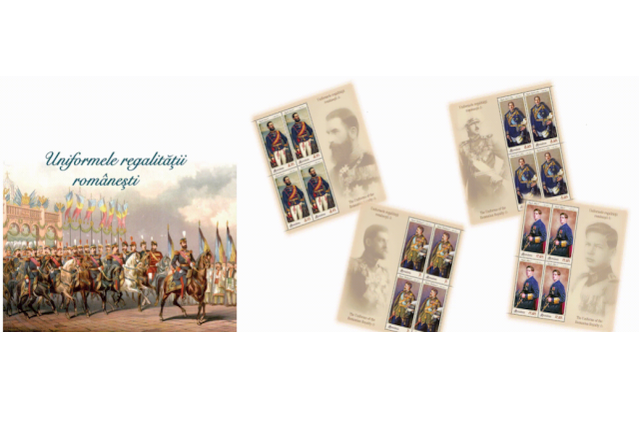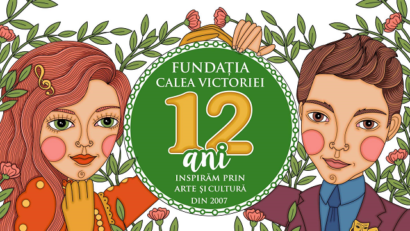The Postal Stamp Writes History
Few people know that Romania has a Philately Museum, set up in 2004

Ana-Maria Cononovici, 18.05.2023, 15:17
At present, though the name remains the same, the Philately Museum is a section of the National History Museum of Romania. Alexandru Cristian Voicu, curator of the national museum told us about the need to create this museum:
“The need appeared after Romania became a member of the Universal Postal Union, in 1874. Along the years, the Romanian post office gathered more and more philately objects, not only from here, but also ones obtained from philately exchanges. They gathered growing numbers of stamps from foreign countries, members of the UPU, so that, after 1990, there was a need for an institution that was specialized on this science that is auxiliary to history, philately. Romanias philately collection is one of the richest in the world, estimated at 17 million items, or thereabouts. It contains mainly Romanian postal stamps, starting from the famous Aurochs Head, or Moldavian Bulls Head, up to the present, stamps from all continents, including the Pacific islands. It contains a major collection of postal stamp tools, such as printing matrices, especially from the interwar period, illustrated postcards, or semi-illustrated, also color model prints of postal stamps, meant to verify the look of a stamp before printing. The earliest Romanian postal stamps, such as the Aurochs Head, or the United Principalities, Cuza, or the bearded King Carol stamp, were made using matrices of metal or of stone, and we also have these very important objects for the history of Romanian philately or postal history.”
We asked Alexandru Voicu what value a postal stamp may have today, when mail is mostly electronic.
“Old stamps, classic stamps, as they are called, can have quite a high monetary value, they tell the story of a past, they tell the story of a country, its history. Let us not forget that, first of all, postal stamps, along with currency, prove the independence of a stamp, and, second of all, these two objects also have a very important propaganda element. If you look at stamp issues from various countries that have changed political regimes of contrasting orientations, including Romania, we can see these stamps reflecting the political changes. There is a way in which the themes of stamps change to reflect these changes very clearly. For instance, the shift from royalty to communism, which occurred very suddenly, can be seen on stamps, because the stamps started being printed with images of proletarians, of peasants, which did not occur until then.”
Studying postal stamps can be illuminating for many areas of knowledge, some that may surprise us. We can find collections such as Golden Athletes of Romania, Uniforms of Romanian Royalty, Queens of Romania, Cars as a Royal Passion, or images of peasant garb from around the country, to give just a few examples of domestic issues. Alexandru Voicu said that he doesnt have a favorite collection yet, but he is impressed by the matrices in the museum collection:
“When I get to handle matrices for printing postal stamps, I am honored to be able to see them, especially since the ones in the interwar period were made by famous artists, made with a mastery that is hard to equal. This reflects upon the future value of a given stamp, because a stamp issued today can never compare in value with an old one, a classic one, no matter how much time passes. I like all the matrices that I watch over, and each stamp is interesting and important. It can show you something about a given country, a given society, about the moment in time and mentalities. I believe that these objects are very important from a historical point of view.”
Romfilatelia is the institution that prints stamps and postal items in Romania. It is an institution that reflects the historical heritage, and promotes Romanian stamps as ambassadors of the country abroad.






























